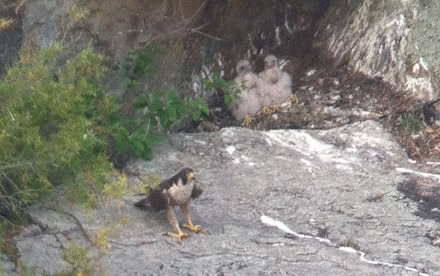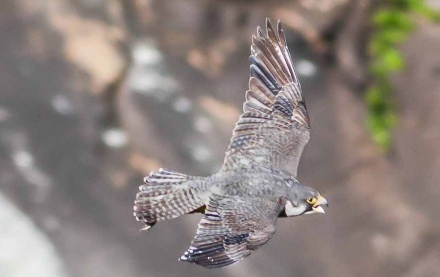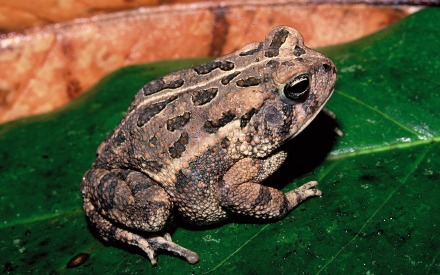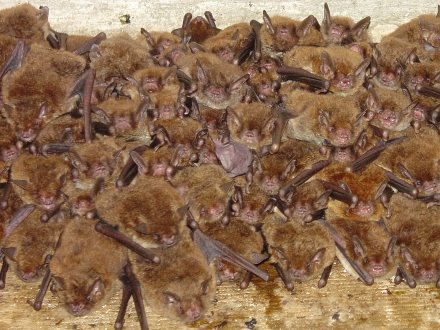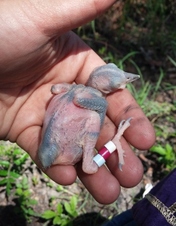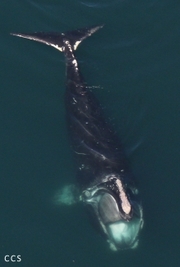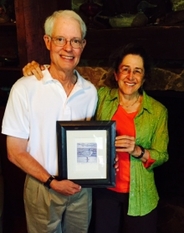Wild Find: Falcon Nest at Tallulah Gorge
Georgia Department of Natural Resources sent this bulletin at 05/19/2015 06:00 AM EDT
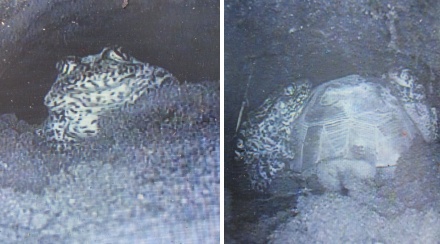 DNR’s tortoise survey crew found the two gopher frogs and the gopher tortoise above in a tortoise burrow at Okefenokee National Wildlife Refuge in southeast Georgia. The photos were taken with a burrow camera.
Headlines "Georgia solar industry growth threatening state's gopher tortoise population," The Augusta Chronicle Video Georgia toads, "Talking nature Tuesday with Berkeley Boone" episode, Charlie Elliott Wildlife Center
Parting shot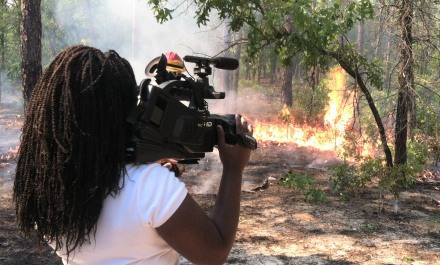 Coming soon to a computer near you: a Sci Fries’ YouTube video on fire and sandhill habitats. The group of Swainsboro Middle School students makes educational, and fun, movies on scientific topics, such as Ohoopee Dunes Wildlife Management Area. Sci Fries members recently videoed DNR and partners conducting a prescribed burn at the WMA near Swainsboro. Sources for the documentary included DNR fire management officer Shan Cammack and Game Management Section biologist John Thrift, formerly an instructor at Southeastern Technical College. Stay tuned!
Credits
|
|
|
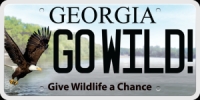 Georgia Wild is free, sent twice monthly (except December through March) and focused 
|

